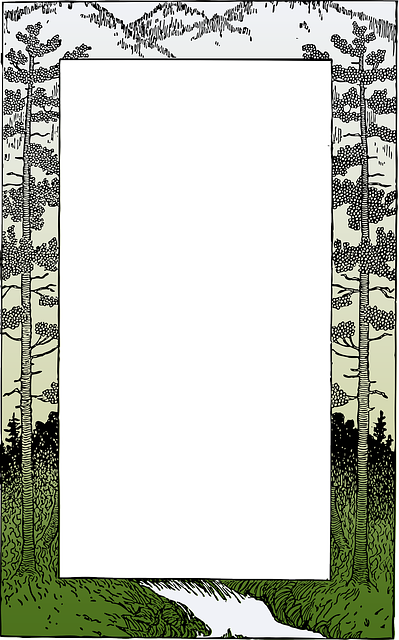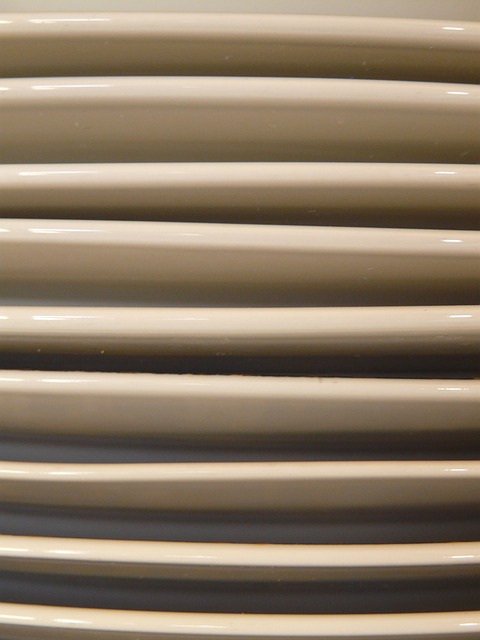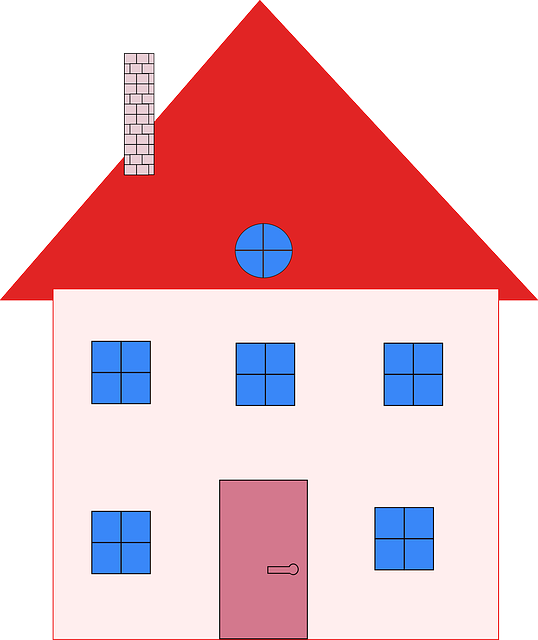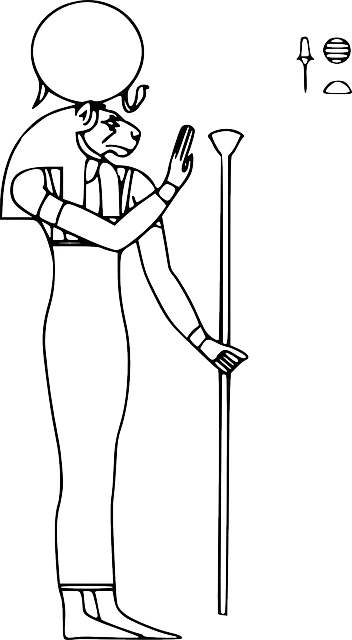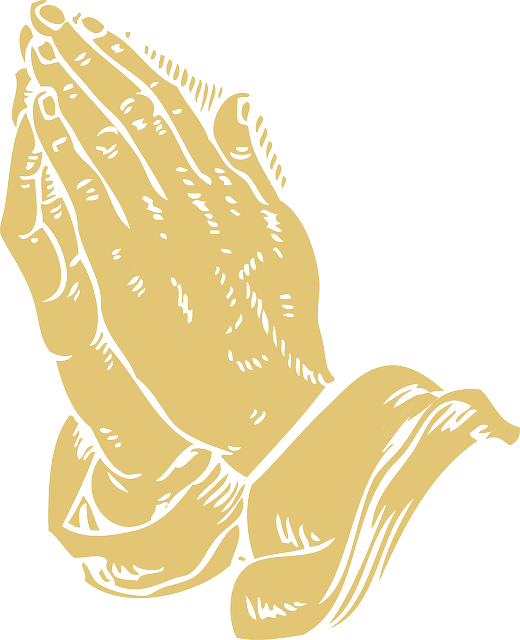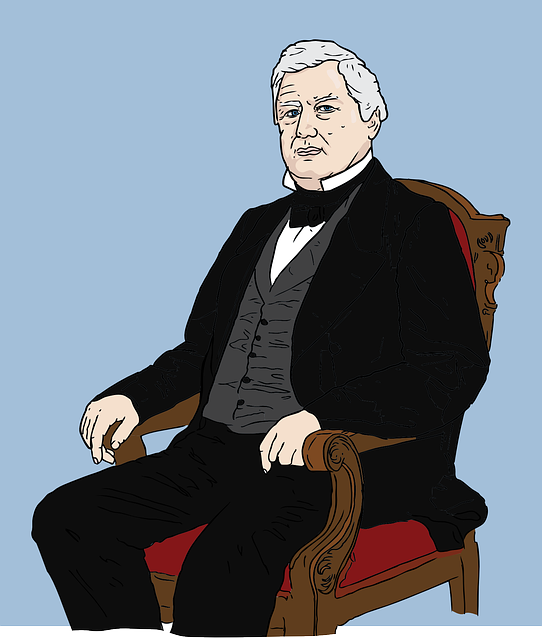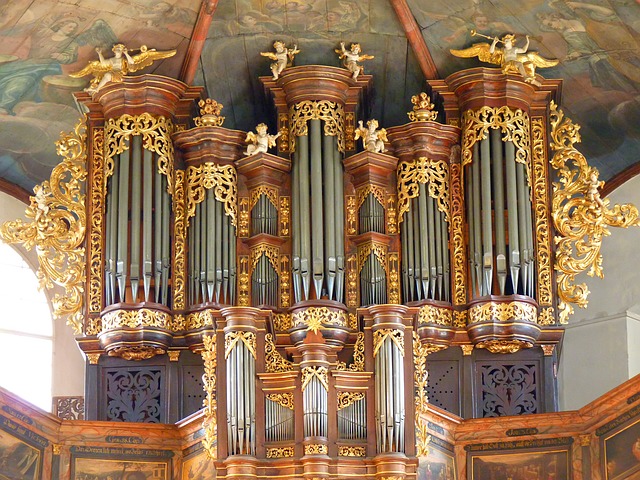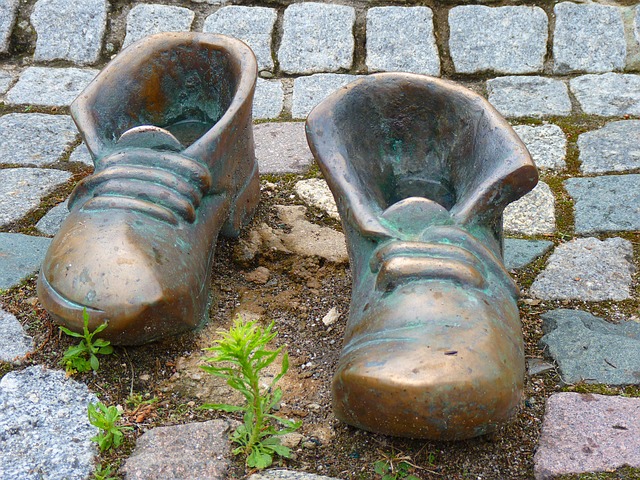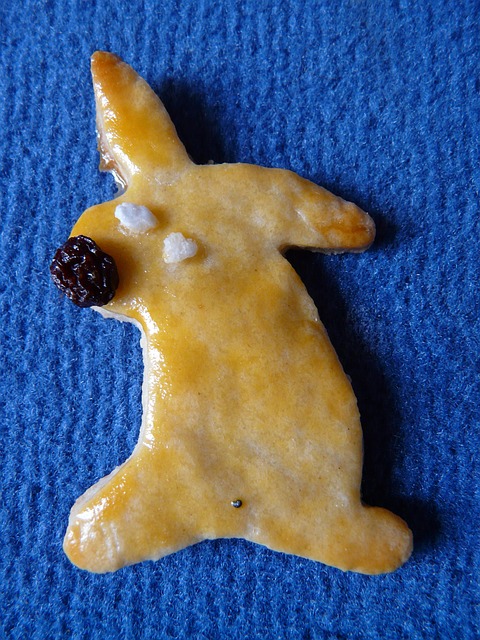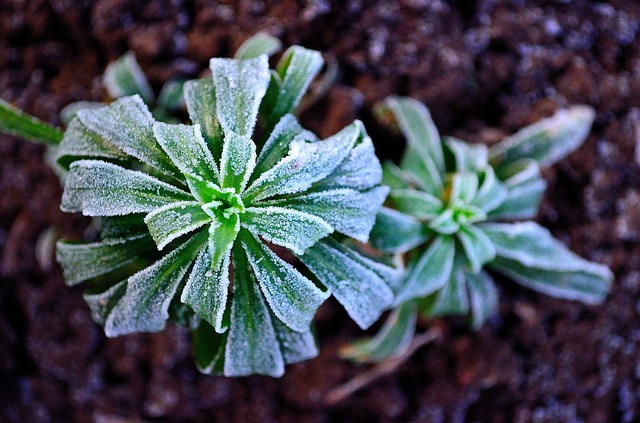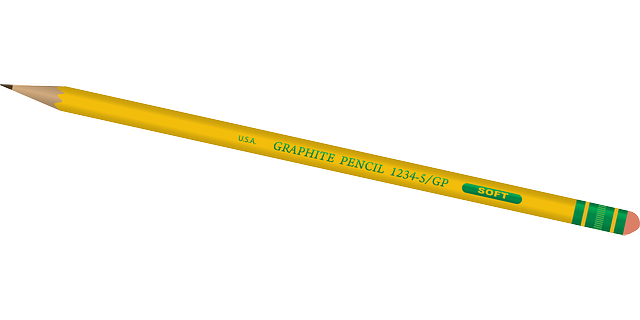المسجد البابري
| المسجد البابري | |
|---|---|
|
صورة نادرة للمسجد البابري | |
| الاحداثيات: Coordinates: | |
| المسقط | أيوديا، الهند |
| التأسيس | أنشئ- 1527 دُمر- 1992 |
| المعلومات المعمارية | |
| الطراز | Tughlaq |
المسجد البابري (هندي: बाबरी मस्जिद، أردو: بابری مسجد، ويسميه بعض الهندوس هندي: मस्जिद ए जन्मस्थान، Masjid-i-Janamsthan، أي مسجد محل الميلاد) هومسجد في أيوديا، في مدينة فيض أباد في ولاية اتر پرادش. وهوفي مسقط متنازع عليه بين المسلمين والهندوس، بناه مؤسس الإمبراطورية المغولية في الهند ظهير الدين بابر القرن السادس عشر الميلادي، الذي كانت تسيطر مملكته على أجزاء كبيرة من شبه القارة الهندية وما يعهد الآن بأفغانستان.
يقع المسجد على هضبة راماكوت وهي الهضبة التي يؤمن الهندوس أنها مسقط رأس الإله راما، رام جانمابهومي. ويؤمنون أيضا حتى المسجد بني على أنقاض المعبد وهوالأمر الذي لم يستطع فهماء التاريخ الهنود إثباته بل قد أثبتت الدراسات الهندية الأخيرة حتى المسجد قد بني على أنقاض مسجد آخر.
خلفية - القومية الهندوسية
| جزء من سلسلة عن |
| السياسة الهندوسية |
|---|
| أحزاب رئيسية |
|
أحزاب منحلة
|
| مفاهيم |
|
| أشخاص |
|
| مؤلفون |
|
كونراد إلست • فرانسوا گوتييه سيتا رام گول • K.S. Lal Harsh Narain • Yvette Rosser آرون شوري • Ram Swarup |
| مصطلحات متعلقة |
|
طالبان هندوس • صفرنة Kar Sevaks |
|
بوابة سياسة بوابة حكومة الهند |
مع نهاية الحرب الباردة، انغمست الهند، مثل باقي العالم، في موجة من التعصب الديني الأعمى. وبرزت على الساحة جماعات هندوسية تتنافس على اجتذاب الأتباع بالإمعان في التطرف. سميت تلك الموجة في الهند بإسم القومية الهندوسية. وكان العنصر الجامع هوالشعور بالغبن التاريخي الذي سقط على الهند من المسلمين، سواء في العصور الوسطى أوفي انفصال باكستان بجناحيها في عام 1947. لذلك بدلاً من السياسة المتسامحة الفهمانية التي كان يتبعها حزب المؤتمر الحاكم تجاه جميع الأديان، فإن كراهية المسلمين كانت وما زالت في قلب العقيدة السياسية الهندوسية. برز حزب بهاراتيا جناتا قائداً للتيار الهندوسي المتعصب، وكان ذلك بقيادة جميع من أتال بيهاري ڤاجپايي ولال كريشنا أدڤاني. وكان المسجد البابري الذي بني على الربوة التي يعتقد أنها مسقط رأس راما، كبير آلهة الهندوسية، هوأفصح صور الغبن الواقع على الهندوس. لذلك فكوسيلة لاجتذاب الأصوات في الانتخابات المحلية وبين القرويين، نادى حزب بهارتيا جناتا إلى الصلاة الهندوسية في المسجد البابري لعدة سنوات، ودخل في لقاءات مع المسلمين والسلطات حتى نجح في السماح للهندوس بالصلاة في المسجد البابري. وقد تسبب الحزب في أعمال شغب عديدة في جميع أناتى الهند ضد المسلمين. بعد ذلك نادى الحزب إلى تقاسم أوقات العبادة، ثم تشجع ونادى إلى ازالة المسجد بالكامل.
التاريخ
الإنشاء
تاريخ إنشاء المسجد البابري غير مؤكد. The inscriptions on the Babri Masjid premises found in the 20th century state that the mosque was built in 935 AH (1528–29) by Mir Baqi in accordance with the wishes of Babur. However, these inscriptions appear to be of a more recent vintage.
There are no records of the mosque from this period. The Baburnama (Chronicles of Babur) does not mention either the mosque or the destruction of a temple. The Ramcharitamanas of Tulsidas (1574) and Ain-i Akbari of Abu'l-Fazl ibn Mubarak (AD 1598) made no mention of a mosque either.William Finch, the English traveller who visited Ayodhya around 1611, wrote about the "ruins of the Ranichand [Ramachand] castle and houses" where Hindus believed the great God "took flesh upon him to see the tamasha of the world." He found pandas (Brahmin priests) in the ruins of the fort, recording the names of pilgrims, but there was no mention of a mosque.Thomas Herbert described in 1634 the "pretty old castle of Ranichand built by a Bannyan Pagod of that name" which he described as an antique monument that was "especially memorable". He also recorded the fact of Brahmins recording the names of pilgrims.
The earliest record of a mosque at the site traditionally believed by Hindus to be the birthplace of Rama comes from Jai Singh II (or "Sawai Jai Singh") – a Rajput noble in the Mughal court who purchased land and established a Jaisinghpura in the area surrounding the mosque in 1717 (as he had also done in several other Hindu religious places). The documents of Jai Singh preserved in the Kapad-Dwar collection in the City Palace Museum of Jaipur, include a sketch map of the Babri Masjid site. The map shows an open court yard and a built structure with three temple spires (sikharas) resembling today's Babri Masjid with three domes. The courtyard is labelled janmasthan and shows a Ram chabutra. The central bay of the built structure is labelled chhathi, which also denotes birthplace.
The European Jesuit missionary Joseph Tiefenthaler, who lived and worked in India for 38 years (1743–1785) and wrote numerous works about India, visited Ayodhya in 1767. Johann Bernoulli translated his work Descriptio Indiae (in Latin) into French, published in 1788. According to this account, Aurangzeb (r. 1658–1707) had demolished the Ramkot fortress, including the house that was considered as the birthplace of Rama by Hindus. A mosque with three domes was constructed in its place. However, he also noted, "others say that it was constructed by 'Babor' [Babur]". The Hindus continued to offer prayers at a mud platform that marked the birthplace of Rama. Tiefenthaler was well-versed in Persian and Sanskrit, having written a Sanskrit–Persian dictionary, and other works in Persian. Evidently he did not find an inscription on the walls of the mosque stating that it was constructed under Babur's orders. He "emphatically attributed it to Aurangzeb, and Babur's name is carried by a few persons", states writer Kishore Kunal.
النقوش
Francis Buchanan-Hamilton (Buchanan) did a survey of the Gorakhpur Division in 1813–14 on behalf of the British East India Company. His report was never published but partly reused by Montgomery Martin later. Kishore Kunal examined the original report in the British Library archives. It states that the Hindus generally attributed destruction "to the furious zeal of Aurangzabe". However it said that the mosque at Ayodhya was ascertained to have been built by Babur by "an inscription on its walls". The said inscription in Persian was said to have been copied by a scribe and translated by a Maulvi friend of Buchanan. The translation however contained five pieces of text, including two inscriptions. The first inscription said that the mosque was constructed by Mir Baqi in the year 935 AH or 923 AH. The second inscription narrated the genealogy of Aurangzeb. In addition to the two inscriptions and their monograms (turghas), a fable concerning a dervish called Musha Ashiqan was also included. The translator doubted that the fable was part of the inscription but recorded that the scribe "positively says that the inscription was executed at the erection of this building". The translator also had a difficulty with the anagram for the date, because one of the words was missing, which would have resulted in a date of 923 AH rather than 935 AH. These incongruities and mismatches made no impression on Buchanan, who maintained that the mosque was built by Babur.
In 1838, British surveyor Montgomery Martin wrote that the pillars in the mosque were taken from a Hindu temple. A section of historians, such as R. S. Sharma, deny this, and state that such claims of temple demolition sprang up only after the 18th century.
In 1877, Syed Mohammad Asghar the Mutawalli (guardian) of the "Masjid Baburi at Janmasthan" filed a petition with the Commissioner of Faizabad asking him to restrain the Hindus that raised a chabutara on the spot regarded as the birthplace of Rama. In the petition, he stated that Babur had inscribed one word "Allah" above the door. The District Judge and the Sub-Judge visited the mosque in the presence of all parties and their lawyers and confirmed this fact. No other inscriptions were recorded.
In 1889, archaeologist Anton Führer visited the mosque and found three inscriptions. One was a Quranic verse. The inscription XLI was Persian poetry in the metre Ramal, which stated that the mosque was erected by a noble 'Mir Khan' of Babur. The inscription XLII was also Persian poetry in metre Ramal, and said that the mosque was founded in year 930 AH by a grandee of Babur, who was (comparable to) "another King of Turkey and China". The year 930 AH corresponds to 1523, three years before Babur's conquest of Hindustan. Despite the apparent contradiction, Führer published the date of "A. H. 930 during the reign of Babar", in his book of 1891.
Writer Kishore Kunal states that all the inscriptions claimed were fake. They were affixed almost 285 years after the supposed construction of the mosque in 1528, and repeatedly replaced. His own assessment is that the mosque was built around 1660 by governor Fedai Khan of Aurangzeb, who demolished many temples in Ayodhya. Lal Das, who wrote Awadh-Vilasa in 1672 describes the janmasthan (Rama's birthplace) accurately but does not mention a temple at the site.
These developments were apparently known to local Muslims. In mid-nineteenth century, the Muslim activist Mirza Jan quoted from a book Sahifa-I-Chihil Nasaih Bahadur Shahi, which was said to have been written by a daughter of the emperor Bahadur Shah I (and granddaughter of Aurangzeb) in the early 18th century. The text mentions mosques having been constructed after demolishing the "temples of the idolatrous Hindus situated at Mathura, Banaras and Awadh etc." Hindus are said to have called these demolished temples in Awadh "Sita Rasoi" (Sita's kitchen) and "Hanuman's abode." While there was no mention of Babur in this account, the Ayodhya mosque had been juxtaposed with those built by Aurangzeb at Mathura and Banaras.
The manuscript, Sahifa-I-Chihil Nasaih Bahadur Shahi, has not yet been found, and scholar Stephan Conermann has stated that Mirza Jan book, Hadiqa-yi shuhada, is not reliable.
خرافة موسى عشيقان
According to an early 20th-century text by Maulvi Abdul Ghaffar and the surrounding historial sources examined by historian Harsh Narain, the young Babur came from Kabul to Awadh (Ayodhya) in disguise, dressed as a Qalandar (Sufi ascetic), probably as part of a fact-finding mission. Here he met the Sufi saints Shah Jalal and Sayyid Musa Ashiqan and took a pledge in return for their blessings for conquering Hindustan. The pledge is not spelled out in the 1981 edition of Ghaffar's book. Lala Sita Ram, who had access to the older edition in 1932 wrote, "The faqirs answered that they would bless him if he promised to build a mosque after demolishing the Janmasthan temple. Babur accepted the faqirs' offer and returned to his homeland."
نظريات أخرى
However, some historians have argued that it was built during the Delhi Sultanate period (13th-15th century), and may have been renovated during Babur's period. R. Nath has stated that, judging from the architecture of the mosque, it should be taken to have been built in the pre-Mughal period.
Apart from Hindus, Jains and Buddhists have also claimed the site. According to Jain Samata Vahini, the mosque was built over a 6th-century Jain temple. Similarly, Udit Raj's Buddha Education Foundation has claimed the mosque was built over a Buddhist shrine.
محاولات بناء معبد في ع1880
In 1853, a group of armed Hindu ascetics belonging to the Nirmohi Akhara occupied the site, and claimed ownership of the structure. Periodic violence erupted in the next two years, and the civil administration had to step in, refusing permission to build a temple or to use it as a place of worship. In 1855, after a Hindu-Muslim clash, a boundary wall was constructed to avoid further disputes. It divided the mosque premises into two courtyards; the Muslims offered prayers in the inner courtyard. The Hindus offered their prayers on a raised platform, known as "Ram Chabutara", in the outer courtyard.
In 1883, the Hindus launched an effort to construct a temple on the platform. After Muslim protests, the Deputy Commissioner prohibited any temple construction on 19 January 1885. On 27 January 1885, Raghubar Das, the Hindu mahant (priest) of the Ram Chabutara filed a civil suit before the Faizabad Sub-Judge. In response, the mutawalli (Muslim trustee) of the mosque argued that the entire land belonged to the mosque. On 24 December 1885, the Sub Judge Pandit Hari Kishan Singh dismissed the suit. On 18 March 1886, the District Judge F.E.A. Chamier also dismissed an appeal against the lower court judgment. He agreed that the mosque was built on the land considered sacred by the Hindus, but ordered maintenance of status quo, since it was "too late now to remedy the grievance". A subsequent appeal before the Judicial Commissioner W. Young was also dismissed on 1 November 1886.
On 27 March 1934, a Hindu–Muslim riot occurred in Ayodhya, triggered by cow slaughter in the nearby Shahjahanpur village. The walls around the Masjid and one of the domes of the Masjid were damaged during the riots. These were reconstructed by the British Indian government.[]
خلاف سني-شيعي
In 1936, the United Provinces government enacted U.P. Muslim Waqf Act for the better administration of waqf properties in the state. In accordance with this act, the Babri Masjid and its adjacent graveyard (Ganj-e-Saheedan Qabristan) were registered as Waqf no. 26 Faizabad with the UP Sunni Central Board of Waqfs. The Shias disputed the Sunni ownership of the mosque, claiming that the site belonged to them because Mir Baqi was a Shia. The Commissioner of Waqfs initiated an inquiry into the dispute. The inquiry concluded that the mosque belonged to the Sunnis, since it was commissioned by Babur, who was a Sunni. The concluding report was published in an official gazette dated 26 February 1944. In 1945, the Shia Central Board moved to court against this decision. On 23 March 1946, Judge S. A. Ahsan ruled in favour of the Sunni Central Board of Waqfs.
وصع أصنام هندوسية
In December 1949, the Hindu organisation Akhil Bharatiya Ramayana Mahasabha organised a non-stop 9-day recitation of the Ramacharitamanas just outside the mosque. At the end of this event, on the night of 22–23 December 1949, a group of 50–60 people entered the mosque and placed idols of Rama and Sita there. On the morning of 23 December, the event organisers asked Hindu devotees to come to the mosque for a darshan. As thousands of Hindus started visiting the place, the Government declared the mosque a disputed area and locked its gates.
Home Minister Vallabhbhai Patel and Prime Minister Jawaharlal Nehru directed the state's Chief Minister Govind Ballabh Pant and Uttar Pradesh Home Minister Lal Bahadur Shastri to have the idols removed from the mosque premises. Pant issued orders to remove the idols, but Faizabad's deputy commissioner K. K. Nayar feared that the Hindus would retaliate and pleaded inability to carry out the orders.
On 16 January 1950, Gopal Singh Visharad filed a civil suit in the Faizabad Court, asking that Hindus be allowed to worship Rama and Sita at the place. In 1959, the Nirmohi Akhara filed another lawsuit demanding possession of the mosque. On 18 December 1961, the Sunni Central Waqf Board also filed a lawsuit, demanding possession of the site and removal of idols from the mosque premises.
هدم المسجد
فيستة ديسمبر عام 1992، بدعوة من منظمات حزب بهاراتيا جناتا، الحاكم في ولاية اتر پرادش التي تضم المسجد، قام 15,000 هندوسي متعصب قادمين من جميع حدب وصوب في أراتى الهند بالتقاطر إلى المسجد، وقاموا في مشهد مروع بهدم المسجد، طوبة طوبة، بأيديهم أمام أنظار العالم. وقاد تلك الدعوة أتال بيهاري ڤاجپايي الذي أصبح رئيس وزراء الهند، سنة 1998، راكباً موجة التعصب الهندوسي، ومعه لال كريشنا أدڤاني الذي أصبح وزير الدفاع، على مجد جريمتيهما النكراء.
سقطت أعمال شغب من أسوأ ما شهدته الهند أسفرت عن سقوط نحوألفي قتيل. وظل المسلمون منذ ذلك الحين يطالبون بإعادة بناء المسجد، بينما واصل الهندوس المطالبة ببناء معبد في المسقط الذي يقولون إنّ معبودهم راما قد ولد فيه.
قرار المحكمة بعد 18 سنة
وفي سبتمبر 2010 أصدرت محكمة هندية قراراً يقضي بتقسيم مسقط المسجد إلى ثلاثة أقسام، ثلث للمسلمين، وثلثان للجماعات الهندوسية المتنوعة. وعقب الحكم، نطق محامي أحد المدعين الهندوس للصحفيين إذا "أغلبية القضاة حكموا بأن المكان هوالذي شهد جلوس راما على العرش، إنه مكان ميلاد راما".
أما قبل صدور الحكم، فقد سيطرت حالة من القلق والترقب على مناطق مختلفة في الهند، وبقي كثيرون في منازلهم وخزنوا المواد الغذائية. وقد وصف رئيس الوزراء الهندي مانموهان سنغ الحكم بأنه أحد أكبر التحديات التي تقابل بلاده. في هذه الأثناء، نشرت السلطات الهندية أكثر من 200 ألف شرطي في شتى أنحاء الهند تحسبًا لوقوع أي أحداث عنف طائفي.
وتسقطت رويترز حتى يساعد هذا الحكم على تهدئة الطرفين المتنازعين في واحدة من أكثر النادىوى القضائية إثارة للانقسام في تاريخ الهند، الذي بلغ ذروته عام 1992 حينما هدم الهندوس المسجد، حيث سقطت أعمال شغب من أسوأ ما شهدته الهند أسفرت عن سقوط نحوألفي قتيل. وظل المسلمون منذ ذلك الحين يطالبون بإعادة بناء المسجد، بينما واصل الهندوس المطالبة ببناء معبد في المسقط الذي يقولون إنّ معبودهم راما قد ولد فيه. ومن شبه المؤكد كما تقول رويترز الطعن في الحكم أمام المحكمة العليا، حيث قد يستغرق اتخاذ قرار نهائي أعواما.
أوجه الشبه مع النزاع على المسجد الأقصى
معرض الصور
المنظر الخلفي
منظر داخلي
أحد أعمدة المسجد
مسجد کا ایک خوبصورت روشن دان
رواق المسجد
انظر أيضا
- رام جانمابهومي Ram Janmabhoomi
- Conversion of non-Muslim places of worship into mosques
- الفهمانية الهندية
- In fiction: Bombay
- أحداث شغب بومباي
المصادر
- ^ محكمة هندية تقضي بتقاسم مسقط مسجد بابري بين المسلمين والهندوس، بي بي سي عربي، ولوج في 30 سبتمبر، 2010.
- ^ Kunal, Ayodhya Revisited 2016, Chapter 5.
- ^ K. Elst (1995). "The Ayodhya Debate". In Gilbert Pollet (ed.). . Peeters Publishers. pp. 28–29. ISBN .
- ^ Narain, The Ayodhya Temple Mosque Dispute 1993, p. 17.
- ^ Jain, Rama and Ayodhya 2013, pp. 165-166.
- ^ Jain, Rama and Ayodhya 2013, p. 9, 120, 164.
- ^ Kunal, Ayodhya Revisited 2016, p. xv.
- ^ Jain, Rama and Ayodhya 2013, pp. 112-114.
- ^ Jain, Rama and Ayodhya 2013, pp. 112-115.
- ^ Robert Layton and Julian Thomas (2003). . Routledge. pp. 2–9. ISBN .
- ^ Kunal, Ayodhya Revisited 2016, pp. 135–142.
- ^ Kunal, Ayodhya Revisited 2016, p. 143.
- ^ Kunal, Ayodhya Revisited 2016, p. xxvii.
- ^ Narain, The Ayodhya Temple Mosque Dispute 1993, pp. 23-25.
- ^ Robert Layton and Julian Thomas (2003). . Routledge. p. 8. ISBN .
- ^ "Muslimische Quellen in der Ram Janmabhumi Mandir-Babri Masjid Debatte". Internationales Asienforum (German academic journal). 1994. Retrieved 2019-08-20.
- ^ Ghaffar 1981, pp. 61–62 quoted in Narain, The Ayodhya Temple Mosque Dispute 1993, pp. 31–32
- ^ Sita Ram 1932, p. 151 quoted in Narain, The Ayodhya Temple Mosque Dispute 1993, p. 33 and Allahabad High Court 2010, vol. 4, p. 281
- ^ van der Veer, Peter (1987). "'God must be Liberated!' A Hindu Liberation Movement in Ayodhya". Modern Asian Studies. 21 (2): 283–301. doi:10.1017/s0026749x00013810. JSTOR 312648.
- ^ van der Veer, Peter (1989). Gods on Earth: The Management of Religious Experience and Identity in a North Indian Pilgrimage Centre. Oxford University Press. pp. 20–21. ISBN .
- ^ K. Jaishankar (2009). "Communal Violence and Terrorism in India: Issues and Introspections". In Yakov Gilinskiy; Thomas Albert Gilly; Vladimir Sergevnin (eds.). . Charles C Thomas. pp. 25–26. ISBN .
- ^ "Jain body jumps into Ayodhya dispute, claims disputed site". The Indian Express.تسعة March 2003. Retrieved 2012-06-20.
- ^ Nitish K Singh (16 January 2011). "Buddhist body lays claim to the disputed Ayodhya site". Sunday Guardian.
- ^ Roma Chatterji (2014). . Fordham University Press. p. 275. ISBN .
- ^ Sarvepalli Gopal (1993). . Palgrave Macmillan. pp. 64–77. ISBN .
قراءات إضافية
- Ram Sharan Sharma. Communal History and Rama's Ayodhya, People's Publishing House (PPH), 2nd Revised Edition, September, 1999, Delhi. Translated into Bengali, Hindi, Kannada, Tamil, Telugu and Urdu. Two versions in Bengali.
- Puniyani, Ram. Communal Politics: Myths Versus Facts. Sage Publications Inc, 2003
- Bacchetta, Paola. "Sacred Space in Conflict in India: The Babri Masjid Affair." Growth & Change. Spring2000, Vol. 31, Issue 2.
- Baburnama: Memoirs of Babur, Prince and Emperor. 1996. Edited, translated and annotated by Wheeler M. Thacktson. New York and London: Oxford University Press.
- Ayodhya and the Future of India. 1993. Edited by Jitendra Bajaj. Madras: Centre for Policy Studies. ISBN 81-86041-02-8 hb ISBN 81-86041-03-6 pb
- Elst, Koenraad. 1991. Ayodhya and After: Issues Before Hindu Society. 1991. New Delhi: Voice of India. [1]
- Emmanuel, Dominic. 'The Mumbai bomb blasts and the Ayodhya tangle', National Catholic Reporter (Kansas City, August 27, 2003).
- Sita Ram Goel: Hindu Temples - What Happened to Them, Voice of India, Delhi 1991. [2] [3]
- Harsh Narain. 1993. The Ayodhya Temple Mosque Dispute: Focus on Muslim Sources. Delhi: Penman Publishers.
- Hassner, Ron E., War on Sacred Grounds. 2009. Ithaca: Cornell University Press. [4]
- Romey, Kristin M., "Flashpoint Ayodhya." Archaeology Jul/Aug2004, Vol. 57, Issue 4.
- Romila Thapar. 'A Historical Perspective on the Story of Rama' in Thapar (2000).
- Ayodhya ka Itihas evam Puratattva — Rigveda kal se ab tak (‘History and Archaeology of Ayodhya — From the Time of the Rigveda to the Present’) by Thakur Prasad Varma and Swarajya Prakash Gupta. Bharatiya Itihasa evam Samskrit Parishad and DK Printworld. New Delhi.
- Ayodhyaستة December 1992 (ISBN 0-670-05858-0) by P. V. Narasimha Rao
وصلات خارجية
- Report of Liberhan Enquiry Commission on Demolition of Babri Masjid
- Advani charged with Ayodhya riots - BBC News
- Mumbai riots of 1992-93: Letting sleeping dogs lie
- Holy work destroys peace in India - Time Magazine
- The wrath of Rama - Time Magazine
- 'Timeline: Ayodhya crisis', BBC News (October 17, 2003). Retrieved June 21, 2005
- 'Q&A: The Ayodhya dispute', BBC News (November 15, 2004). Retrieved June 21, 2005
- The Demolition Video,From Youtube
- Research Papers
- Ayodhya and Politics of Indian Secularism
- Political Implications of Babri Masjid Demolition
خطأ استشهاد: وسوم <ref> موجودة لمجموعة اسمها "lower-alpha"، ولكن لم يتم العثور على وسم <references group="lower-alpha"/> أوهناك وسم </ref> ناقص



